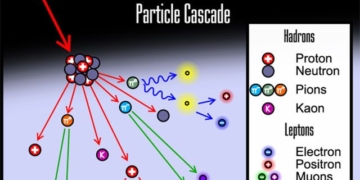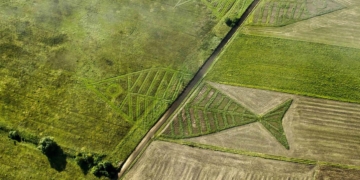Nicholas II was the last Tsar of Russia, as well as the Grand Duke of Finland and nominal King of Poland. Tsar Nicholas II was overthrown on the night of July 16, into the early hours of July 17, 1918, in a room in Yekaterinburg.
Little-known Facts About Tsar Nicholas II
- 1. The World Tour from 1890-1891
- 2. Before Marriage, Nicholas II Had a Deep Love Affair with a Ballet Dancer
- 3. Became Tsar at 26
- 4. Tsar Nicholas II Was a First Cousin to King George V (UK) and a Second Cousin to Kaiser Wilhelm II (Germany)
- 5. He Was Related to Queen Victoria and Prince Philip Through Marriage
- 6. Spoke English with His Wife
- 7. Enjoyed Giving Easter Eggs to His Mother and Wife
- 8. Nominated for the Nobel Peace Prize in 1901
- 9. Canonized as a Saint
- 10. Called a Bloodthirsty Tyrant
1. The World Tour from 1890-1891
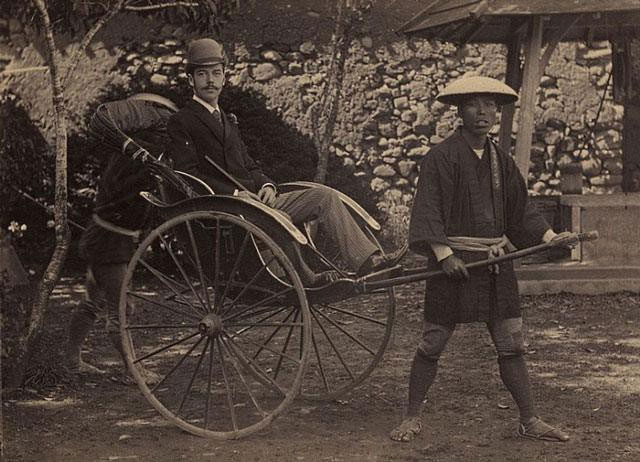
Tsar Nicholas II in Nagasaki, Japan, 1891.
He traveled through countries such as Egypt, India, Singapore, and Thailand with his brother George and a prince from Greece. Upon arriving in Japan, Nicholas had a large dragon tattooed on his right forearm by a tattoo artist named Hori Chyo.
2. Before Marriage, Nicholas II Had a Deep Love Affair with a Ballet Dancer
While still a Grand Duke, he had a romantic relationship with Polish ballet dancer Matilda Kshesinskaya. The relationship lasted for three years until he married Empress Alexandra in 1894.
3. Became Tsar at 26
When Nicholas II ascended to the throne in 1894, he was only 26 years old. His father died at the age of 49, and Nicholas had not received formal training for the responsibilities of a Tsar.
4. Tsar Nicholas II Was a First Cousin to King George V (UK) and a Second Cousin to Kaiser Wilhelm II (Germany)
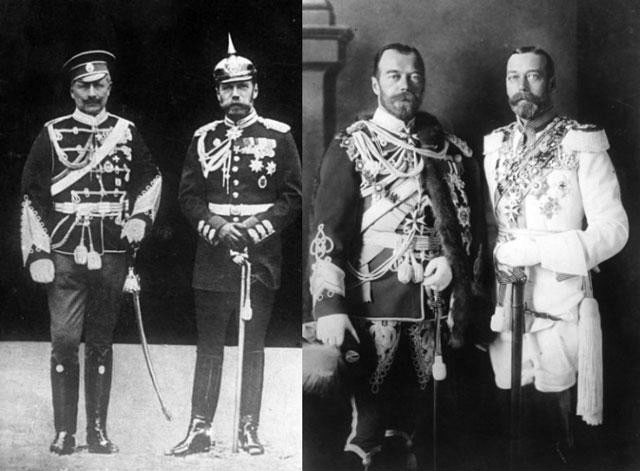
Left: Kaiser Wilhelm II of Germany (left) with Nicholas II (right) in 1905. Right: Tsar Nicholas II (left) and King George V (right) in Berlin, 1913.
Despite their familial ties during World War I, this relationship could not prevent Russia from being drawn into the conflict.
5. He Was Related to Queen Victoria and Prince Philip Through Marriage
Before becoming Tsar, Nicholas II married Princess Alexandra of Hesse-Darmstadt. She was the granddaughter of Queen Victoria and had a close relationship with Prince Philip.
In 1993, Philip donated his blood for DNA testing with the Tsarina (the title for the queen of Russia or the wife of the Tsar) and her children to confirm their identities.
6. Spoke English with His Wife
While Tsar Nicholas II spoke Russian, his wife spoke German, so they often communicated in English for convenience. Occasionally, they also used some German, French, and Italian in their conversations.
Empress Alexandra did not learn Russian until she married the Tsar. She had a very good reading voice but spoke slowly.
7. Enjoyed Giving Easter Eggs to His Mother and Wife
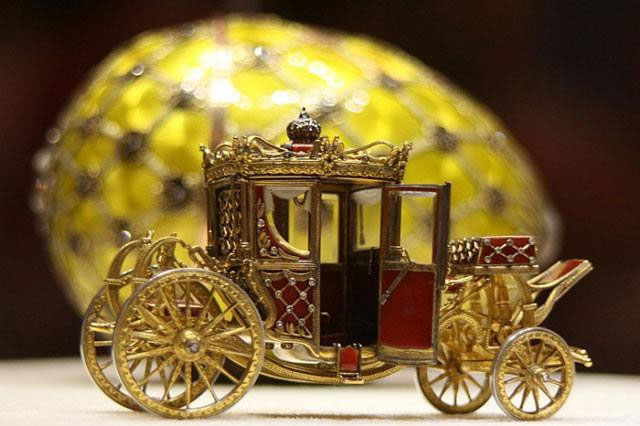
The Coronation Egg made by Tsar Nicholas II for Empress Alexandra.
A total of 50 Fabergé Easter eggs were created specifically for the Russian royal family from 1885 to 1916, with 40 made during Nicholas II’s reign.
Every year, he gifted his wife and mother each a Fabergé egg. The Fabergé eggs varied in size, measuring between 7 to 12 cm. They were handcrafted using precious materials like gold, diamonds, and gemstones. Each egg had a unique design and took 1-2 years to prepare. Typically, the Easter egg could be opened and contained a surprise inside, such as a portrait or a miniature clock.
The most famous is the Coronation Egg, custom-made by Tsar Nicholas II for Empress Alexandra. The egg’s exterior mimicked the pattern on the Empress’s robe, and inside was a carriage that transported her to her coronation.
8. Nominated for the Nobel Peace Prize in 1901
Nicholas II attempted to pursue a policy of pacification in Europe and strengthen the Franco-Russian alliance. In 1899, he initiated the abolition of arms races and sought to resolve international disputes through peaceful means. Although his efforts were unsuccessful, he was nominated for the Nobel Peace Prize alongside Russian diplomat Friedrich Martens.
9. Canonized as a Saint
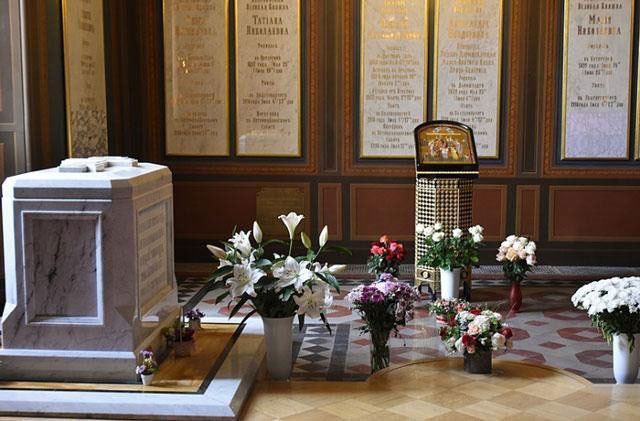
The tomb of Tsar Nicholas II and his family.
Tsar Nicholas II, Empress Alexandra Feodorovna, and their five children (Olga, Tatiana, Maria, Anastasia, and Alexei), along with their servants Eugene Botkin, Anna Demidova, Alexey Trupp, and Ivan Kharitonov, were executed by firing squad in Yekaterinburg on the night of July 16, into the early hours of July 17, 1918.
In 1981, the Russian Orthodox Church recognized them as martyrs.
10. Called a Bloodthirsty Tyrant
At that time, Russia was one of the most powerful empires in the world but faced economic and military crises during Nicholas II’s reign. Critics labeled him “Nicholas the Bloodthirsty” due to the Khodynka tragedy, Bloody Sunday, and the pogroms against Jews that occurred under his rule.
He led Russia into a war with the Japanese Empire, resulting in Russia’s defeat. He was also responsible for bringing Russia into World War I, where Russian forces joined the Allies, fighting alongside British and French troops against Germany and Austria-Hungary.



















































